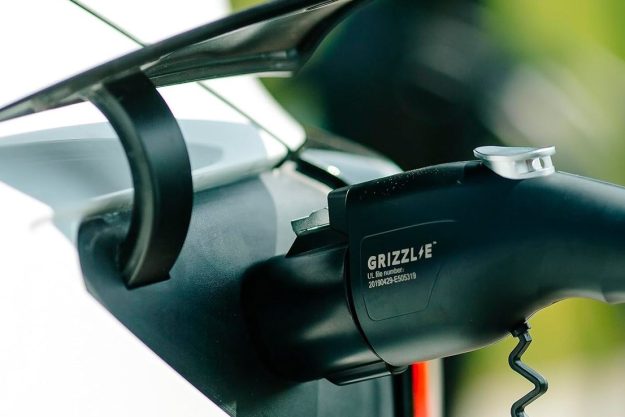In a world with precious few hydrogen fueling stations, fuel-cell cars are having a hard enough time proving that they can be viable alternatives to the internal-combustion standard, let alone the stuff dreams are made of.
Yet Audi claims the A7 h-tron quattro, a fuel-cell conversion of its sleek five-door fastback unveiled at the 2014 Los Angeles Auto Show, is as focused on performance as it is one efficiency.
Like nearly every other Audi, the A7 h-tron has quattro all-wheel drive, but this system isn’t like anything seen before.
In this “e-quattro” system, one electric motor is used to drive each axle, meaning there is no mechanical connection between the front and rear wheels. Instead, software manages power output to keep everything in order.
Each motor produces 85 horsepower and 199 pound-feet of torque, although voltage can be temporarily increased to yield 152 hp from each motor.
Audi says the combined efforts of both motors will launch the A7 h-tron quattro to 62 mph from a standstill in 7.1 seconds, and propel it to a top speed of 111 mph.
That’s not exactly supercar stuff, but it’s better than the estimated 10-second 0 to 60 mph time of the 2016 Toyota Mirai.
Like the Toyota, though, the Audi offers range comparable to a gasoline car. Four onboard storage tanks can hold enough hydrogen for 310 miles of driving and – taking full advantage of the A7’s dinosaur-fueled roots – they’re mounted under the hood, where the engine would normally be.
However, the A7 h-tron also has another source of power. It’s likely the first fuel-cell plug-in hybrid.
In addition to hydrogen, it carries the 8.8-kilowatt-hour lithium-ion battery pack from the A3 Sportback e-tron, which can be charged by plugging in or through regenerative braking.
The pack provides 31 miles of range on its own, giving the driver a bit more flexibility.
So what we have here is a performance-oriented luxury hydrogen fuel-cell plug-in hybrid. Talk about trying to be all things to all people.
For now, though, the A7 h-tron quattro is just a “technology demonstrator,” according to Audi, although it would be interesting to see how the public reacts to its unusual combination of powertrain elements.
Editors' Recommendations
- 2020 Audi E-Tron Sportback, RS Q8 confirmed for 2019 LA Auto Show
- BMW teases hydrogen cars again with fuel cell X5 concept
- Amid concerns about EVs and batteries, Audi returns focus to hydrogen fuel cell


